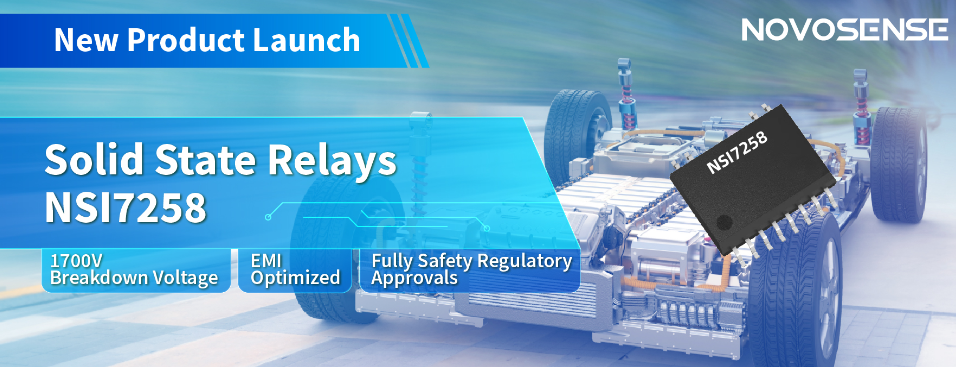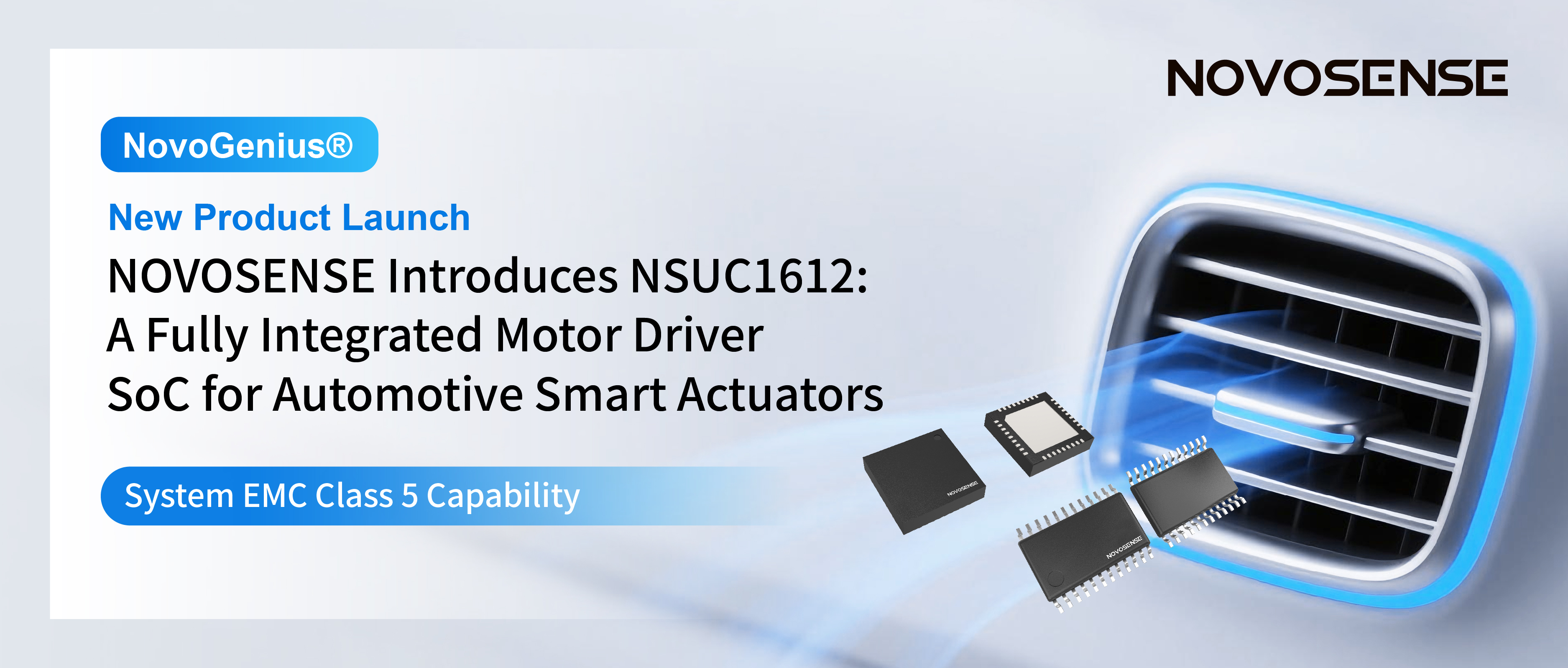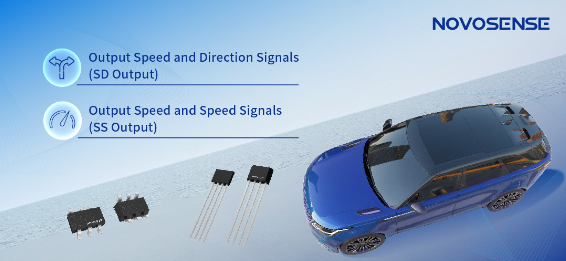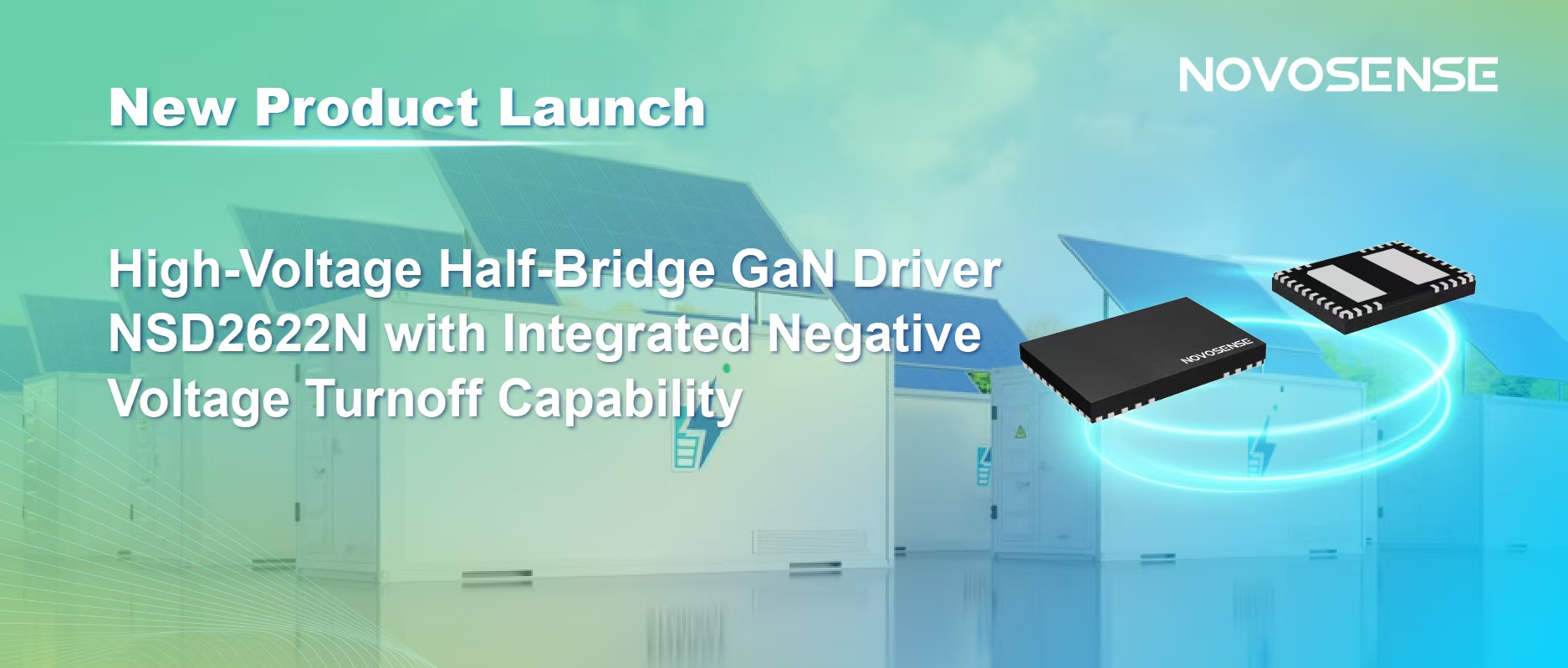- Ameya360 Component Supply Platform >
- Trade news >
- NOVOSENSE Introduces New Solid State Relays: Supporting 1700V Withstand Voltages and Meeting CISPR25 Class 5 Requirements
NOVOSENSE Introduces New Solid State Relays: Supporting 1700V Withstand Voltages and Meeting CISPR25 Class 5 Requirements
Building on its long history in isolation technology, NOVOSENSE today announced the launch of its new NSI7258 series of capacitive isolation-based solid state relays, available in both industrial and automotive grades. Designed specifically for high-voltage measurement and insulation monitoring, NSI7258 provides industry-leading voltage withstand capability and EMI performance to help improve the reliability and stability of high-voltage systems such as industrial BMS, PV, energy storage, charging piles, and BMS and OBCs for new energy vehicles.

Integrated SiC MOSFETs, supporting 1700V withstand voltages
High-voltage systems are becoming increasingly prevalent in both the industrial and automotive sectors. In order to match the trend of high-voltage industrial and automotive platforms, NSI7258 integrates two SiC MOSFETs developed with NOVOSENSE's participation in a back-to-back format, each supporting up to 1700V withstand voltages; in the standard 1-minute avalanche test, NSI7258 withstands an avalanche voltage of 2100V and an avalanche current of 1mA, achieving industry-leading voltage and avalanche resistance. At the same time, under the test conditions of 1000V high voltage and 125°C high temperature, the leakage current of NSI7258 can be controlled within 1μA, which greatly improves the insulation impedance and detection accuracy of the battery pack in the BMS and enables safer human-machine interaction.
Compliance with various safety requirements, reducing system verification time
The popularity of high-voltage applications requires compliance with various stringent safety requirements. With NOVOSENSE's proprietary technology, NSI7258 achieves industry-leading creepage distance of 5.91mm on the secondary side and 8mm on the primary side in a SOW12 package, which meets the requirements of IEC60649 formulated by the International Electrotechnical Commission (IEC). In addition, with NOVOSENSE's superior capacitive isolation technology, NSI7258's voltage withstand capability is up to 5kVrms, which fully meets the relevant UL, CQC and VDE certifications, reducing customers' system verification time and accelerating the product-to-market process.
Significant EMI optimization, accelerating optocoupler relay replacement
Traditional optocoupler relay solutions suffer from light decay problems and their performance degrades over time, but the advantage of optocoupler relays is that they have no EMI problems, which is one of the important factors limiting optocoupler replacement in high-voltage systems. NOVOSENSE's NSI7258 is cleverly designed to achieve industry-leading EMI performance, easily passing the CISPR25 Class 5 test without magnetic beads on the single board and leaving sufficient margin in the full-band test. NSI7258 is produced based on an all-semiconductor process for higher reliability in long-term use. Superior EMI performance and increased reliability allow customers to use multiple devices in the system at the same time without being affected, significantly reducing design difficulty and enabling customers to accelerate optocoupler replacement in system designs.
Online messageinquiry
- Week of hot material
- Material in short supply seckilling
| model | brand | Quote |
|---|---|---|
| TL431ACLPR | Texas Instruments | |
| RB751G-40T2R | ROHM Semiconductor | |
| MC33074DR2G | onsemi | |
| BD71847AMWV-E2 | ROHM Semiconductor | |
| CDZVT2R20B | ROHM Semiconductor |
| model | brand | To snap up |
|---|---|---|
| ESR03EZPJ151 | ROHM Semiconductor | |
| IPZ40N04S5L4R8ATMA1 | Infineon Technologies | |
| BP3621 | ROHM Semiconductor | |
| BU33JA2MNVX-CTL | ROHM Semiconductor | |
| TPS63050YFFR | Texas Instruments | |
| STM32F429IGT6 | STMicroelectronics |
- Week of ranking
- Month ranking
Qr code of ameya360 official account
Identify TWO-DIMENSIONAL code, you can pay attention to


Please enter the verification code in the image below:


























